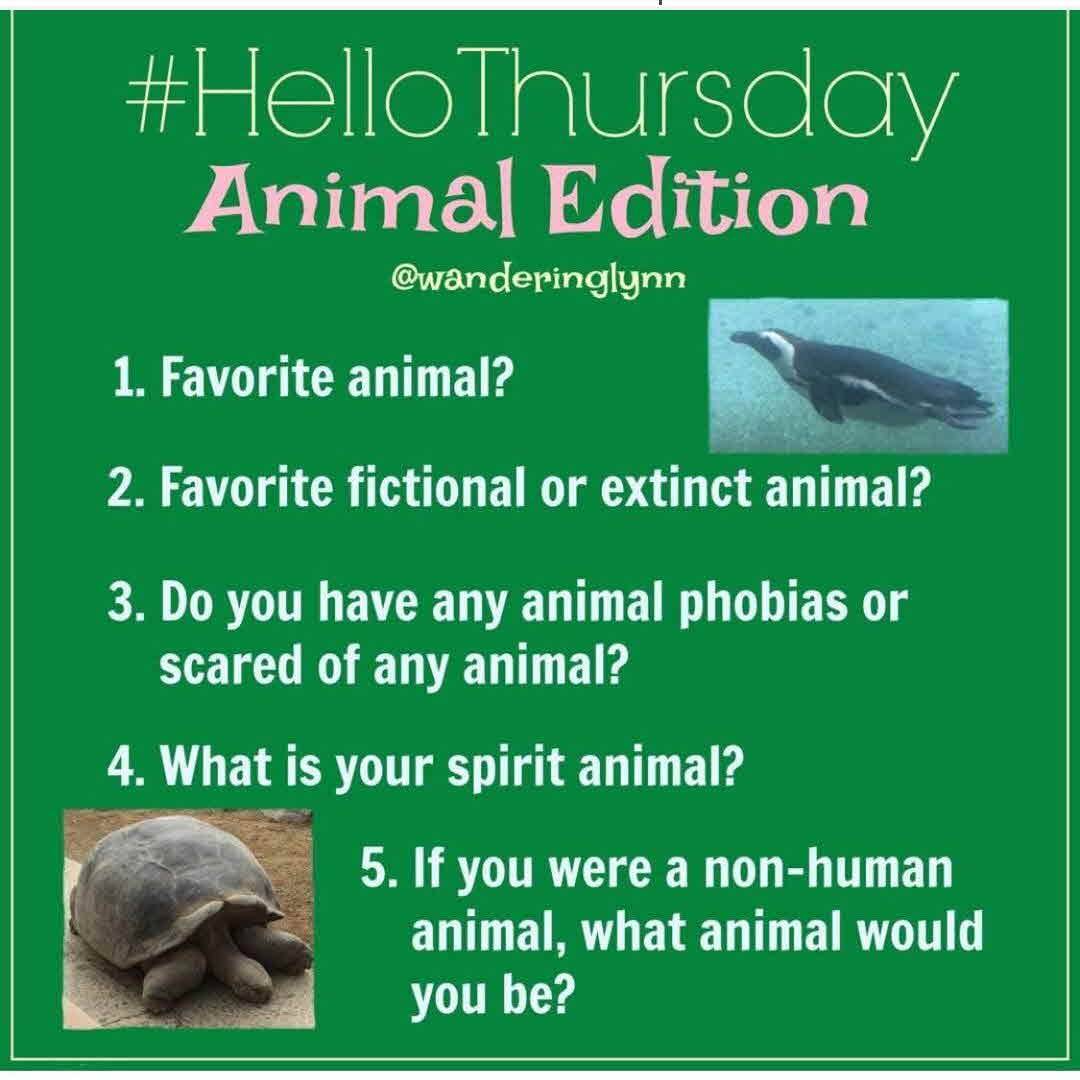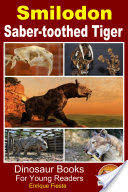
1️⃣ Cats
2️⃣ Smilodon
3️⃣ No
4️⃣ Ok, let me be clear: unless one is First Nations, one does NOT have a spirit animal. This is serious. Do you personally follow a shamanistic religion? No, then you don't have one. I don't either. I will fight people on this. This is serious. For my Patronus, see #2
5️⃣ As a child I wanted to be a horse so I coups run away.
#hellothursday @wanderinglynn #animaledition
BookishTrish Well said on #4. This is a conversation that happens a lot here in BC. 7y
tournevis @BookishTrish 👍👍👍 7y
xicanti YES. 7y
See All 18 Comments
tournevis @xicanti 👍 7y
alisonrose Thank you. It‘s really annoying to me that people still act brand new about the spirit animal idea. Non-indigenous folks have been told for years to stop this cutesy appropriation, and yet..... 7y
tournevis @alisonrose I know! As an academic, I work hard to de-colonize my syllabii. This means, of course, I fail at it, but I fail at it less and less every year. I start with these kinds of things. In and out of the classroom. 7y
tournevis @alisonrose It's not as if we don't have the Patronus now. 7y
alisonrose @tournevis exactly!!! It‘s a perfect substitute 7y
tournevis @alisonrose *nods* 7y
Clare-Dragonfly 🙌🏻👍🏻 7y
tournevis @Clare-Dragonfly 👍 7y
VeganCleopatra Agree, I almost did the survey until I saw #4. Pretty easy to just reword such things but people seem strangely attached to the spirit animal phrasing. 7y
tournevis @VeganCleopatra Believe me, I know. 7y
alisiakae The spirit animal question is why I skipped this. But hopefully the few Littens that brought up the fact that this is cultural appropriation will help raise awareness about things like this. Same goes for smudging, which I still have to call myself out on occasion. (edited) 7y
tournevis @4thhouseontheleft Yes! Witching and pagan practices, i.e. European, that involve purifying with smoke and stuff is one thing. Smudging is entirely another. 7y
tournevis @4thhouseontheleft This said, burning wild sage smells soooo gooood! It's tempting! 7y
alisiakae Yes! I have made an effort to change my terminology, but still slip up sometimes. Smoke cleansing happens in a wide variety of cultures, smudging is a sacred ritual in a culture I do not belong to. I have also started using rosemary instead of sage, since it comes from my own backyard. (edited) 7y
tournevis @4thhouseontheleft Rosemary burns well too, indeed. 7y
45 likes18 comments


















